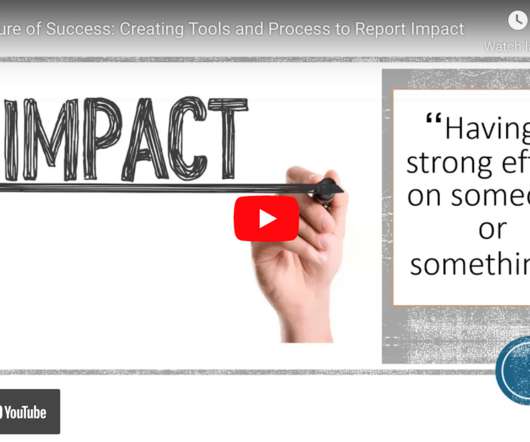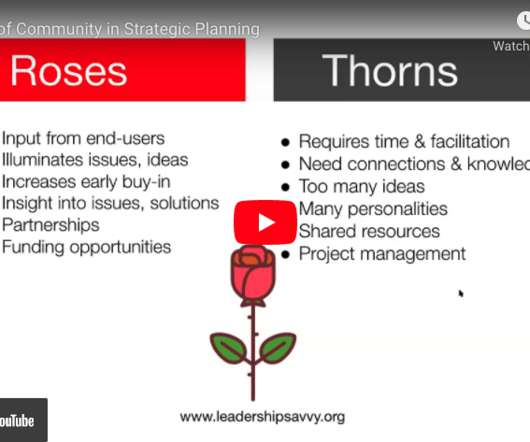The EPA Launches Final Strategy on Lead Mitigation
NonProfit Quarterly
JULY 20, 2023
Working in tandem with over 200 tribal partners, the EPA designed a curriculum called Lead Awareness in Indian Country: Keeping our Children Healthy! The program, according to the EPA, “creates a starting point to hold informed conversations within communities to teach parents and caregivers about lead.
















Let's personalize your content